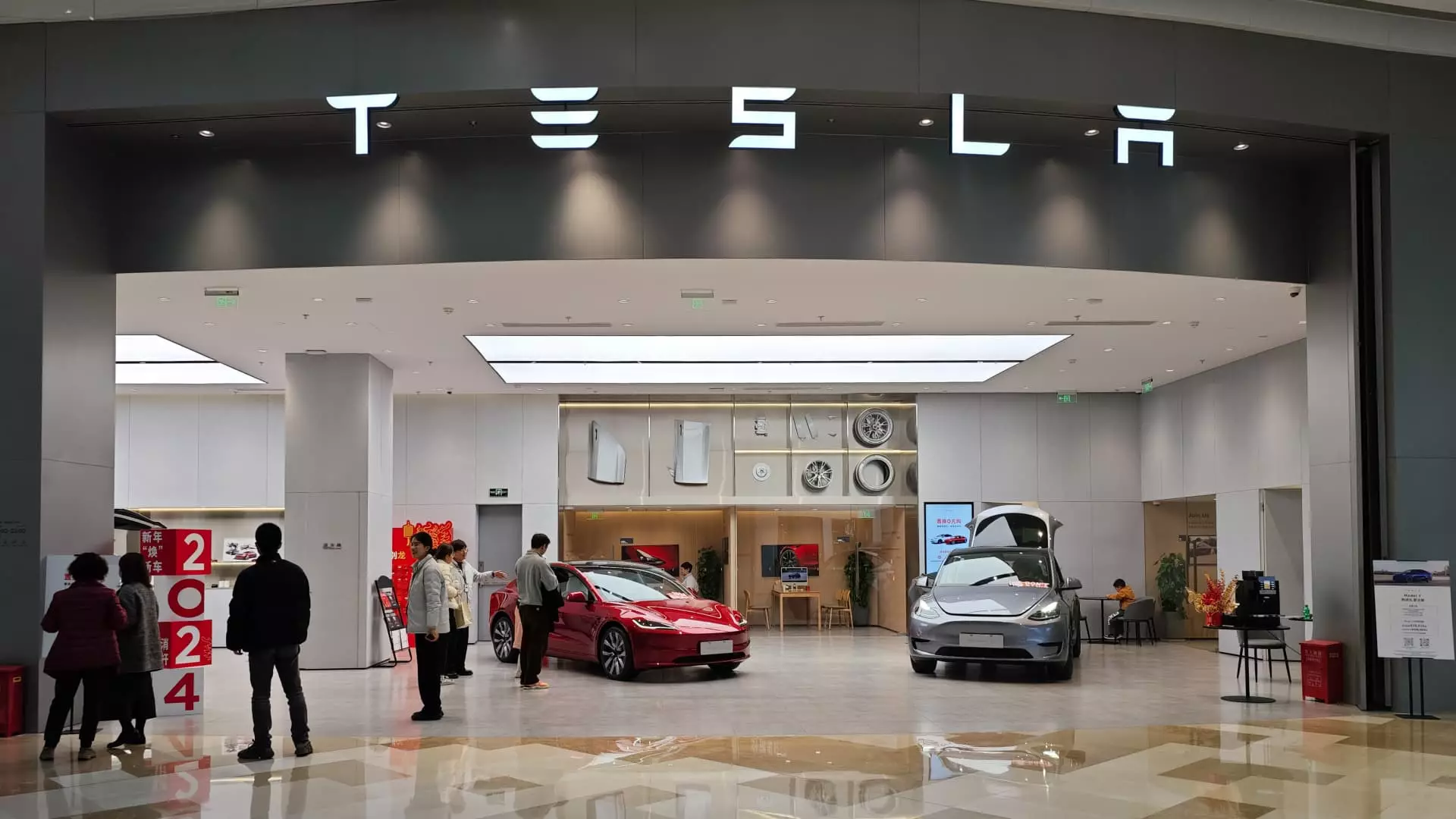The recent news of Tesla's progress in bringing its advanced driver-assistance feature to China has sparked excitement among investors. However, according to Mark Hawtin, GAM Investment Management's investment director, the buzz surrounding Tesla's Full Self Driving (FSD) service may be misleading. Despite the hype, the reality is that Tesla's FSD does not offer full autonomous driving capabilities as many perceive it to be.
Clarifying Expectations
Hawtin emphasized that what Tesla is offering in China is not groundbreaking but merely an extension of what they already provide in the U.S. and the U.K. The so-called full self-driving capability that everyone is talking about is more accurately described as an assisted-driver capability. This distinction is crucial in managing expectations around Tesla's FSD feature, as the technology is still far from achieving true autonomy.
Following the news of Tesla's progress in China, its shares experienced a significant increase, marking their best day since March 2021. The removal of restrictions by Chinese authorities, coupled with Tesla's compliance with data security requirements, raised expectations for the imminent availability of FSD in China. However, Hawtin cautioned that the current FSD service is not synonymous with autonomous driving and estimates that a version capable of true autonomy is still several years away.
While Tesla's collaboration with China's Baidu to access its mapping service license is seen as a positive development, Hawtin believes that the deal may benefit Baidu more in the short term. In a highly competitive market like China, where companies like BYD, Huawei, Xpeng, Li Auto, and Xiaomi are all vying for market share in autonomous technology, Tesla faces stiff competition. The presence of various players offering technology capable of Level 2 autonomy underscores the challenges Tesla may encounter in establishing itself as a leader in the Chinese market.
Future Outlook
Despite the excitement surrounding Tesla's roadmap for bringing FSD to China and Elon Musk's plans for producing more affordable models by 2025, Hawtin remains cautious about the company's current positioning in the autonomous driving space. He stresses that Tesla's FSD technology is not yet at a level where it can be considered fully autonomous and believes that achieving true autonomy is a long-term goal that may take another five to ten years to materialize.
While Tesla's progress in bringing its FSD feature to China has captured the attention of investors and industry observers, it is important to temper expectations and recognize that the current technology is still in its early stages. As competition intensifies and regulatory challenges persist, Tesla will need to demonstrate significant advancements in its autonomous driving capabilities to establish its leadership in the rapidly evolving Chinese market.

